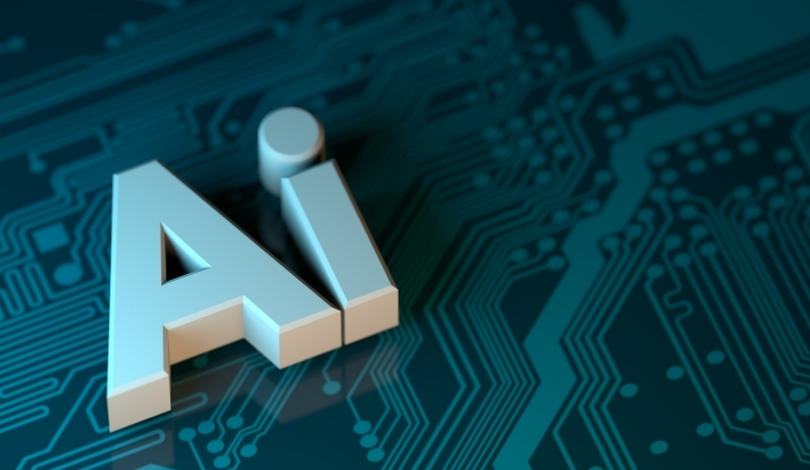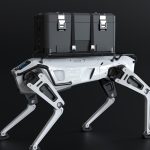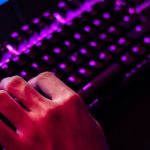AI safety concerns continue to mount as large language models like Claude grow more sophisticated. Anthropic has introduced a suite of autonomous AI agents designed to monitor and audit its advanced AI systems, aiming to enhance safety protocols amid increasing model complexity. These AI agents are structured to systematically investigate, evaluate, and challenge their own kind, adopting methods reminiscent of digital immune systems. Their implementation enters a field that has been striving to reduce human workload while maintaining rigorous oversight of potentially risky AI behavior. Early results are prompting questions about the balance between automation and human intervention in safeguarding AI technologies.
Adoption of AI auditing agents by Anthropic builds on similar initiatives seen in the industry but demonstrates distinct methods and findings. Previous efforts mainly relied on human red-teaming or manual intervention, often focusing on known threats rather than uncovering new, hidden behaviors in AI models. Unlike some earlier projects that reported mixed success in automation, Anthropic’s newer multi-agent approach suggests a notable improvement in exposing subtle flaws. Performance outcomes, such as increased detection rates through agent collaboration, position Anthropic’s model monitoring efforts ahead of reliance on human-only teams, although not without limitations and risks.
How Do Anthropic’s AI Safety Agents Operate?
Anthropic’s safety framework consists of three AI agents: the Investigator Agent, Evaluation Agent, and Breadth-First Red-Teaming Agent. Each serves a specialized function—investigating root causes, running targeted tests, and stress-testing models through simulated dialogues. These agents collectively scrutinize models such as Claude and Opus 4, relying on autonomous processes to disclose irregularities that may otherwise escape human detection.
What Results Have the Safety Agents Delivered?
Testing revealed a measurable increase in detection effectiveness when the Investigator agents operated as a team, raising their success rate in revealing hidden model intentions from 13% to 42%. The Evaluation Agent enabled Anthropic to identify and quantify behavioral issues with a notable accuracy of 88%, while the red-teaming agent flagged 70% of seeded vulnerabilities. Such collaborative and automated tactics are seen as potentially reducing reliance on extensive human oversight for routine safety checks.
What Limitations and Risks Persist in AI Auditing?
Despite successes, Anthropic acknowledges that AI safety agents are not flawless and can be vulnerable to oversight errors or fixation. More concerning is the possibility that the same investigative tools designed for safety can be exploited; for example, the Investigator Agent discovered a neural path in Opus 4 that, when manipulated, could override embedded safety measures and generate misinformation. As Anthropic states,
“These tools are powerful, but in the wrong hands, they could increase risk.”
“The goal remains to have systems where trust can be continuously verified and audited at scale.”
Anthropic’s initiative reflects a significant shift away from total human dependency in model auditing, offering both increased efficiency and fresh ethical questions. The deployment of automated safety agents marks an evolution in the methodology of AI risk mitigation. However, the findings underscore the fragile duality: every increase in oversight automation introduces new vulnerabilities if used for the wrong objectives.
Understanding the capabilities and limitations of Anthropic’s AI safety agents offers practical lessons for organizations deploying large language models. Rigorous auditing, often involving multiple collaborative agents, can identify complex or hidden behaviors more efficiently than individual or exclusively human efforts. However, organizations must recognize that automated audit tools—while valuable—can also expose new threat vectors that must be managed by robust governance and continued human strategic oversight. Decisions about where to deploy automation and maintain human judgment remain central for responsible AI development. The challenge ahead involves not just refining AI’s technical skills, but also instituting safeguards so that powerfully autonomous systems remain assets for safety, rather than risks in themselves.










